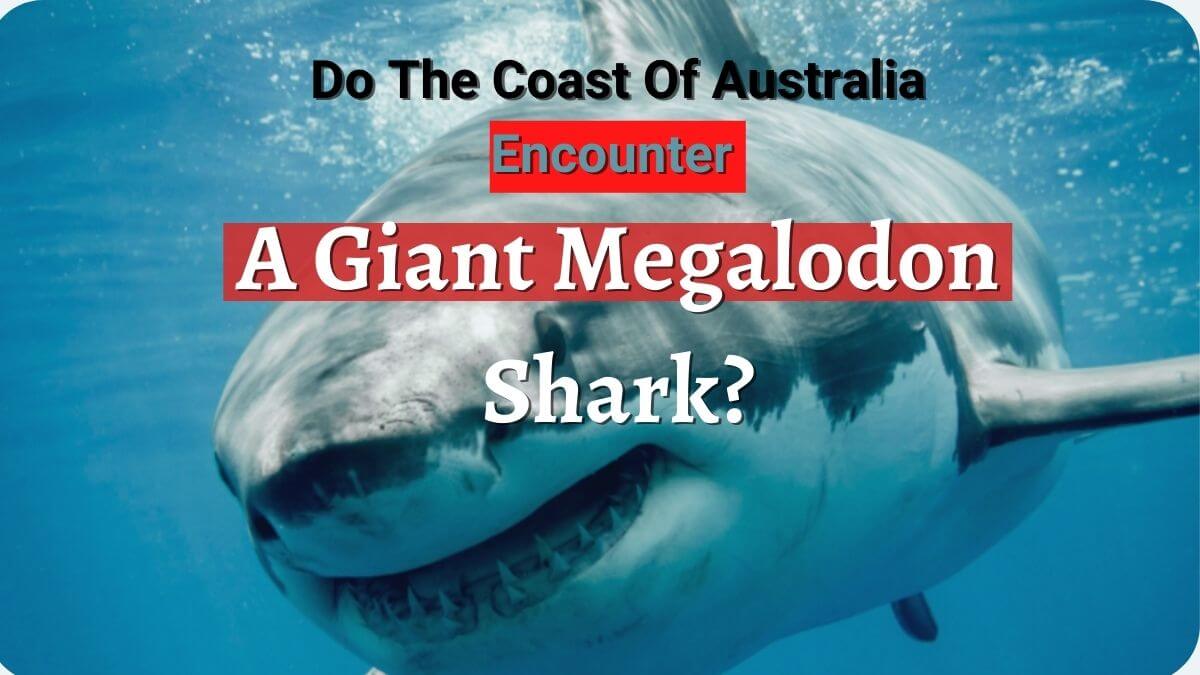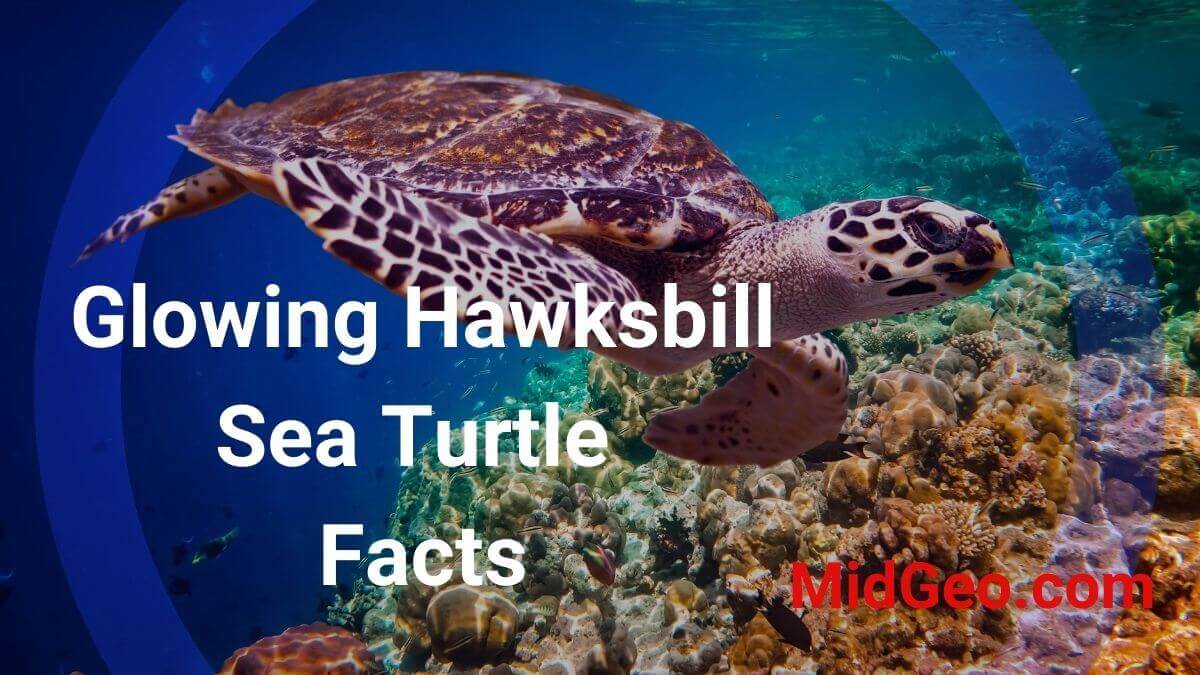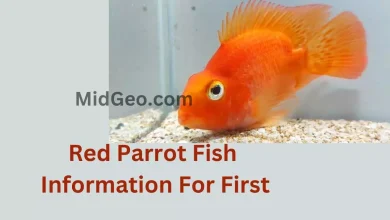Magnificent Things About Sea Anemone Characteristics

A sea anemone (Heteractis Magnifico) is a marine, carnivorous, and aggressive animal. In this, you can find magnificent things about sea anemone characteristics. Also, clownfish and anemones have a symbiotic relationship.
As cnidarians, how anemones relate to reefs, Hydra, tube-dwelling anemones, and jellyfish. If you are ready, then visit to read about sea anemone facts.
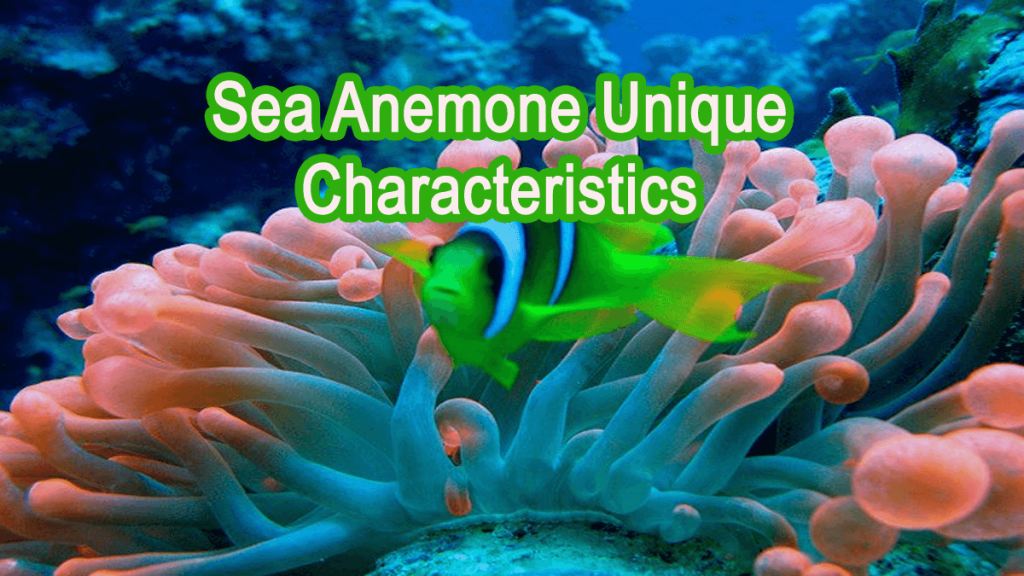
Sea Anemone Unique Characteristics
The huge Caribbean sea polyp is a big polyp that survives on reefs throughout the Caribbean Sea. It is a predacious variety and can also be relocated in order to lower competition with close-by people or to boost the chance of effective recreation.
Sea anemones have a smooth and simple polyp-shaped body with two layers of tissue and a central intestinal cavity. The “mouth” of the anemones leads to their intestines.
The anemones’ “mouth” is surrounded by stinging tentacles that are used to disarm food—such as plankton and small animals—and to disrupt enemies.
Sea Anemone pronunciation
Sea Anemone pronunciation google
Definition of sea anemone noun from the Oxford Advanced Learner’s Dictionary
You find pronunciation also on youtube.
Scientific classification
Kingdom: Animalia Phylum: Cnidaria Class: Anthozoa Order: Actiniaria Family: Hormathiidae (46 Families),
5 Amazing Sea Anemone Facts
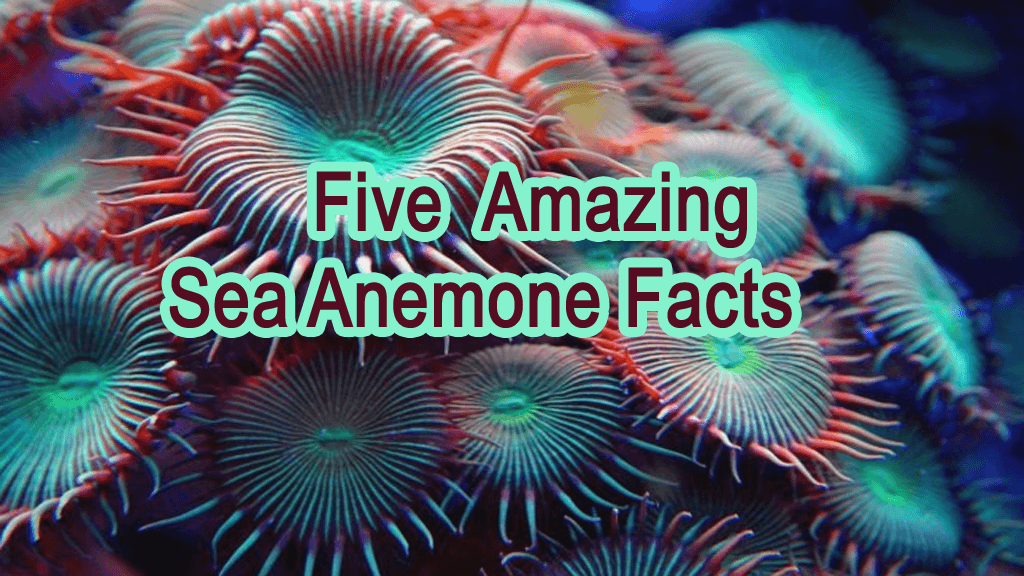
You Can Read:
Everything You’ve Ever Wanted to Know About Leafy Sea Dragon
The Tiger Pistol Shrimp Belongs To The Family Of Snapping Shrimp
Impressive Facts About Blue Glaucus
1. where do sea anemones live
Sea anemones are discovered throughout the globe’s seas. The most varied as well as bountiful populaces are discovered in superficial exotic waters, some varieties of anemones can live in midsts even more than 10,000 meters listed below sea level.
- Sea Bunny Slug Facts & Cute Secrets: Discover the Tiny Ocean Creatures That Look Like Fluffy Rabbits
- World Whale Day 2024: Celebrating These Magnificent Creatures
- Celebrating National Polar Bear Day 2024: Raising Awareness for the Arctic Icon
- What is the Cutest Deep Sea Creature?
- Red Parrot Fish Information For First
Anemones have actually adjusted to a vast array of environments, from the sloppy midsts of sea lochs to seasides, wreckage, and also overseas coral reefs.
Some also connect to various other living animals. The beadle polyp is an instance of a spice located on the coast, which can make it throughout the water when the trend goes down, by attracting its arms inside its body.
2. How much time do sea polyp live?
Some are long-lived as well, and have actually been known to get to 60-80 years of age. For instance, since anemones have the ability to duplicate themselves, they do not age and, for that reason, have the possibility to live forever in the absence of killers or illness.
3. Exactly how do sea anemones relocate?
A lot of sea anemones live affixed, capturing passing food with their arms. It can be repositioned gradually by sliding on its base.
Lots of them are likewise, with the ability to relocate quickly to stay clear of predation or competitors by separating, capturing, re-attaching, and existing somewhere else.
4. What do sea anemones like to consume?
Nematocysts, tiny painful frameworks in the arms, are made use of to incapacitate and also record victims such as fish and also various other aquatic pets. Sea anemones are predators that consume fish, mussels, zooplankton (like copepods, various other little shellfish, as well as small aquatic larvae), as well as worms.
5. Just how do sea anemones recreate?
Sea Anemones can replicate either ase*xually or se*xually, and each technique of recreation has unique benefits as well as downsides. With nonse\xual recreation, the children are genetically the same as the initial mom and dad.
Nonse*xual recreation enables bigger varieties of specific children to be created quicker with much less power expense as compared to se*x-related recreation; in secure aquatic atmospheres, this is a reputable, reliable, and reliable means of recreation.
This absence of hereditary variety in children might break down a whole populace of genetically similar pets if ecological stress were to turn into much more bearable problems.
On the other hand, fast prices of nonse*xual recreation enable faster reactions to ecological stress as they are taking place and also might increase the price of survival if specific spawn establishes hereditary anomalies throughout mitosis.
Throughout se*x-related recreation, its hereditary product (gametes) is with the dental disk. With lots of types of sea anemones, hereditary products from 2 or even more unique types are launched right into the water where sperm as well as eggs, will certainly get in touch with the opportunity of generating a special as well as genetically diverse spawn from both moms and dads. The hereditary distinctions amongst several spawns boost the chance of survival.
The technique of recreation normally observed by fish tank enthusiasts in the storage tank is referred to as fission, a type of nonse*xual recreation.
When a microorganism divides right into 2 different people, fission (or binary fission) is. When a polyp gets to a particular dimension, the possibility of fission boosts; ecological stress factors might raise the opportunities for fission; it is thought that.
Sea Anemones At a glance:
Niche: Benthic predator
Sea Anemones At a glance,
Length: 0.4-2.0 in (1-5 cm)
Lifespan: Up to 50 years
Social Structure: Not social
Conservation Status: Not endangered
Preferred Habitat: Benthic marine habitats
Average Clutch Size: 100-1,500 eggs
Main Food Items and Prey: Crustaceans, small fish, mollusks
Predators: Fish, sea stars, predatory marine snails
As cnidarians, sea anemones are relevant to reefs, jellyfish, tube-dwelling anemones, and also Hydra. A lot of sea anemones live attached, capturing passing food with their arms. Throughout se*x-related recreation, sea anemones launch hereditary products (gametes) with the dental disk.
With several types of sea anemones, hereditary products from 2 or even more unique varieties are launched right into the water where sperm and eggs will certainly link with the opportunity of generating a one-of-a-kind as well as a genetically different child from both moms and dads.
A mucous layer safeguards the clownfish from the polyp’s sting so it can live secure from killers within the polyp’s arms.
How Do You Describe a Sea Anemone?
Any of the many polyps that are usually solitary of anthozoans whose shape, bright and varied colors, and the array of tentacles superficially resemble a flower.
Sea anemones look like a flower, but they are actually animals! Anemones are able to capture food like zooplankton from the surrounding seawater.
Anemones, a close relative of corals and jellyfish, are stinging polyps that spend most of their time attached to rocks on the seafloor or on coral reefs waiting for fish to pass close enough to become entangled in their toxin-filled tentacles.
What does a sea anemone do?
Anemones, a close relative of corals and jellyfish, are stinging polyps that spend most of their time attached to rocks on the seafloor or on coral reefs waiting for fish to pass close enough to become entangled in their toxin-filled tentacles.
It might seem like sea anemones are living a very basic life, and rightly so, they don’t actually rock stars in the animal kingdom.
Most anemones are sessile, so they rarely move and do not have anybody’s parts or functions to keep them going. They can still move around because of the ocean currents, and some can still sneak around their base at a very slow pace.
Why are sea anemones colorful?
Anemones’ most colorful species are found in warm waters, where anemones thrive. In warmer temperatures, scientists have discovered anemones in all the colors of the rainbow. The reason anemones are often so colorful is that many anemones contain zooxanthellae just as do corals. Zooxanthellae is a type of algae that are the pigments produced by algae that give color to many corals and sea anemones.
In the cold water which is more difficult for anemones, anemones are dull and faded in color; For example, brown and gray are the usual colors of West Coast anemones in the Pacific.
What is the Symbiotic Relationship Between Sea Anemone And Clownfish?
Some anemones have cooperative partnerships. One of the most popular is the clownfish. A mucous layer safeguards the clownfish from the polyp’s sting so it can live risk-free from killers within the polyp’s arms. The polyp obtains the scraps from the fish’s dishes. Some anemones likewise give secure harbor to environment-friendly algae for oxygen and also sugar, the byproducts of the algae’s photosynthesis.

